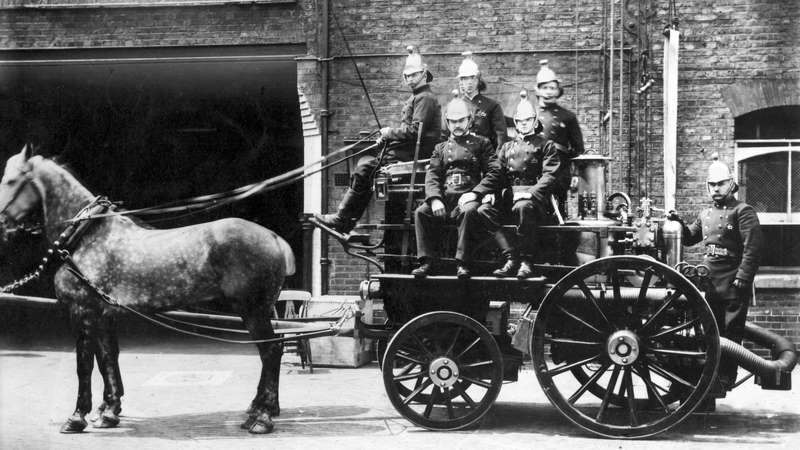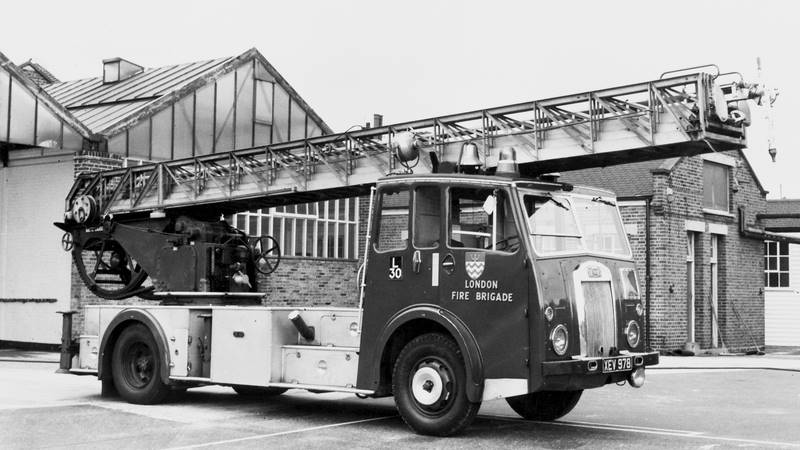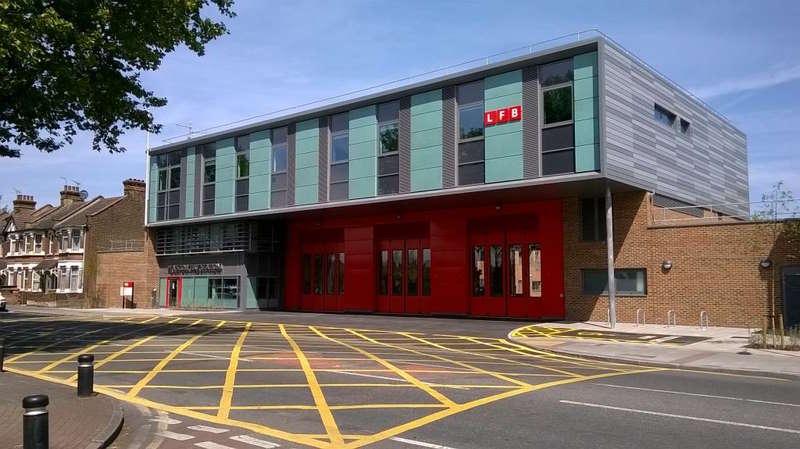
Plaistow’s first fire station was part of the West Ham Fire Brigade and was built on Barking Road in the 1860s. The firefighters were mainly part time and would have had limited training. In 1931 a new fire station opened in Plaistow located on Prince Regent Lane.
The Auxiliary Fire Service (AFS) formed nationally in 1938. This was part of the Civil Defence Service, and designed to increase firefighting resources in wartime.
During the war the station covered one of the most bombed areas of London. It had three Auxiliary Fire Service sub stations attached to it, all in local schools. These were
The station also had two fire boats, based at the Royal Docks. These were called Brampton and Fred. Learn more about the history of fire boats here.
In 1941, all fire brigades in the UK were brought together to form the National Fire Service (NFS).
When the NFS was disbanded in 1948, Plaistow Fire Station returned to local authority control.

In 1965, with the formation of the new Greater London Council, West Ham Fire Brigade ceased to exist and became part of London Fire Brigade. Plaistow Fire Station became number L30 of the Eastern Command.

The current Plaistow Fire Station was opened in 2015. The building provides a modern working environment for fire crews alongside a community meeting space. There are training facilities including a drill yard and training tower.
The station houses a pump ladder fire engine and is crewed by a Station Officer, a Sub Officer, three Leading Firefighters and five Firefighters. The crews respond to a variety of incidents including fires, flooding and other types of rescues.
It is also home to a Command Unit. These are designed to provide mobile access to a large working area, computers and communications equipment. They can be called to attend incidents across London, where three or more fire engines are required. These units are also used when extra command support is required, for example if there are hazardous materials involved.